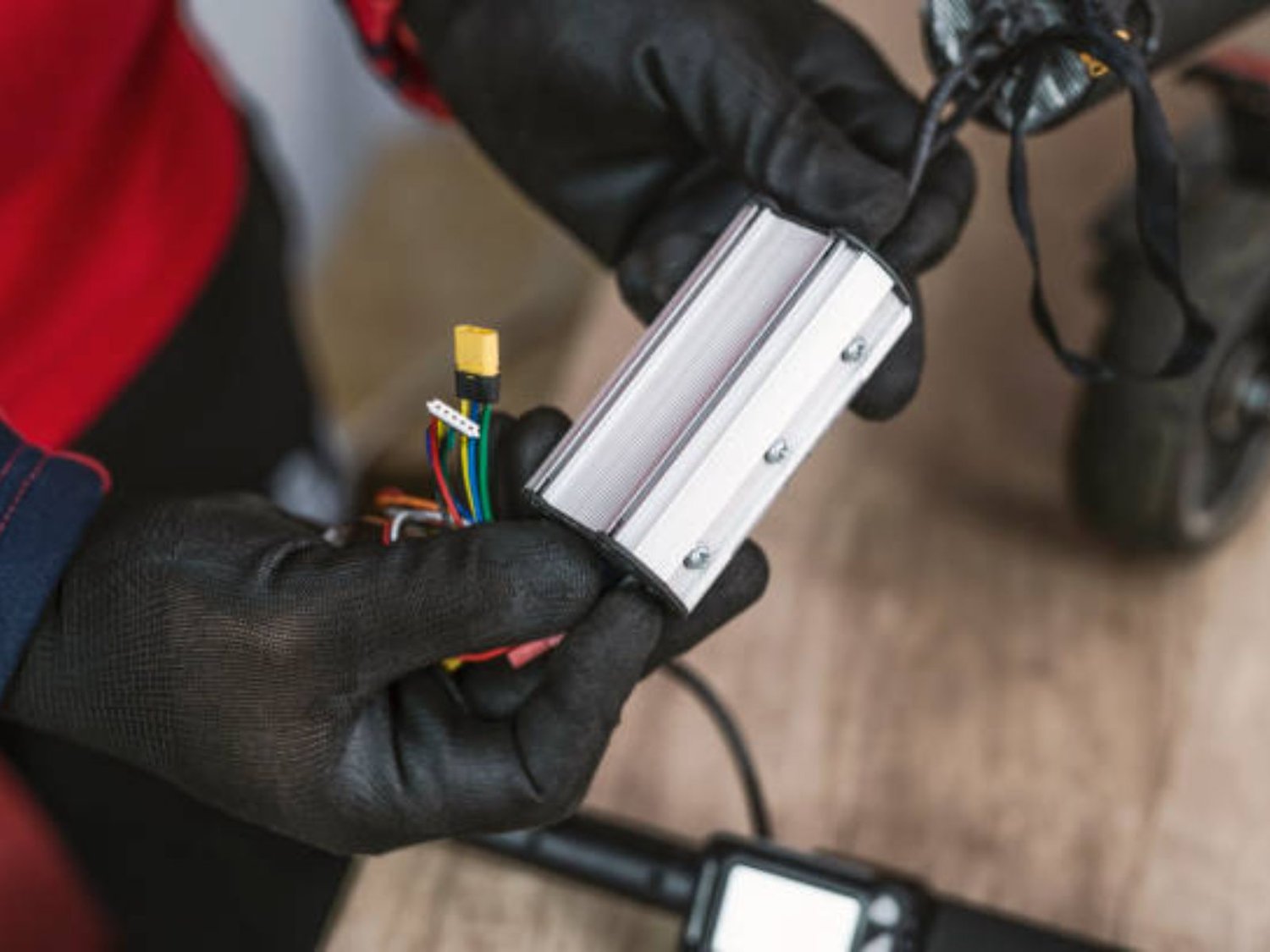Electric Kick Scooter Battery Management System Explained
Electric kick scooters are becoming increasingly popular in the urban transportation landscape. They are efficient, eco-friendly and a fun way of getting around. However, one of the most critical components of these vehicles is the battery, and managing the battery is crucial. In this article, we will explore the Electric Kick Scooter Battery Management System and its importance.
1. What is the Electric Kick Scooter Battery Management System?
The Electric Kick Scooter Battery Management System (BMS) is an electronic system that manages and controls the battery power of an electric scooter. It manages the charging and discharging process, monitors the battery voltage, current, and temperature, and protects the battery from overcharging, over-discharging and over-temperature.
2. How does the BMS work?
The BMS is typically composed of a microcontroller, sensors, relays, and a communication network. The microcontroller analyses the data from the sensors and decides when to charge or discharge the battery, based on the user's input and the battery's condition. The relays control the flow of current to the battery and the communication network ensures that the BMS is connected to the scooter's control system.
3. Why is the BMS important?
The BMS is critical in ensuring the safety, performance, and longevity of the battery. Without a BMS, the battery can suffer from overcharging and over-discharging, which can lead to heat build-up and potentially cause a fire or explosion. Also, without a BMS, the battery's performance and capacity can degrade quickly, and the scooter will experience reduced range and power.
4. What are the benefits of a BMS?
The benefits of having a BMS include a safer and more efficient system, improved battery life and performance, and better user experience. A BMS ensures that the battery operates within its safe limits, which reduces the risk of accidents. It also optimises the battery's charging and discharging cycles, which extends its life and maintains its capacity. Lastly, a well-designed BMS can provide the user with real-time information about the battery's status and enable them to plan their trips better.
5. How do you maintain the BMS?
Maintaining the BMS involves regularly checking the battery's voltage, capacity, and temperature, and ensuring that the scooter is charged and stored correctly. It is also essential to update the BMS firmware regularly, as manufacturers often release new versions with bug fixes and performance improvements.
6. How do you diagnose BMS problems?
If you experience problems with your electric scooter's battery, the BMS could be the culprit. Symptoms of BMS problems include reduced range, slow charging, high battery temperature, and sudden power loss. To diagnose the issue, you should check the battery's voltage and capacity using a multimeter and consult your user manual for troubleshooting tips.
7. How can you improve the BMS's performance?
You can improve the BMS's performance by investing in a high-quality battery with a reputable BMS, ensuring that the battery is charged and stored in a cool, dry place, and minimizing the scooter's usage during extreme weather conditions. You can also update the BMS firmware periodically and avoid using the scooter beyond its recommended load and range.
8. How does the BMS impact the environment?
The BMS has a positive impact on the environment since it reduces the risk of battery explosions and fires, which can release hazardous chemicals and toxins into the air and environment. A properly managed BMS optimises the battery's performance, which reduces the need for frequent replacement, and ultimately reduces e-waste and carbon footprint.
9. How is the BMS evolving?
The BMS technology is evolving rapidly, with manufacturers experimenting with new materials, sensors, algorithms and integration with advanced driver assistance systems. The latest BMS versions offer improved accuracy, reliability and user-friendliness, and better performance in harsh environments. Manufacturers are also exploring ways to incorporate machine learning and artificial intelligence for better battery optimisation and smarter management.
10. What is the future of the Electric Kick Scooter Battery Management System?
The future of the BMS is exciting, with advancements in battery technology and BMS algorithms. The BMS will continue to evolve, with more sophisticated sensors, communication networks and optimisation techniques. The integration of the BMS with other vehicle systems and smart city infrastructure will allow for better traffic management and reduce the risk of accidents. Ultimately, the BMS will play a crucial role in shaping the future of sustainable transportation.

